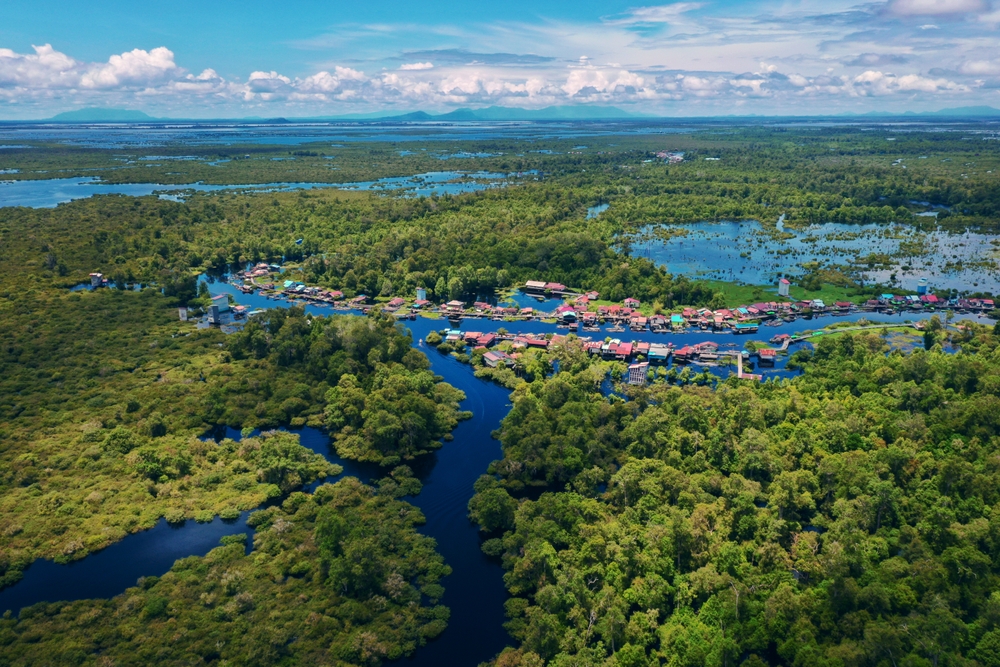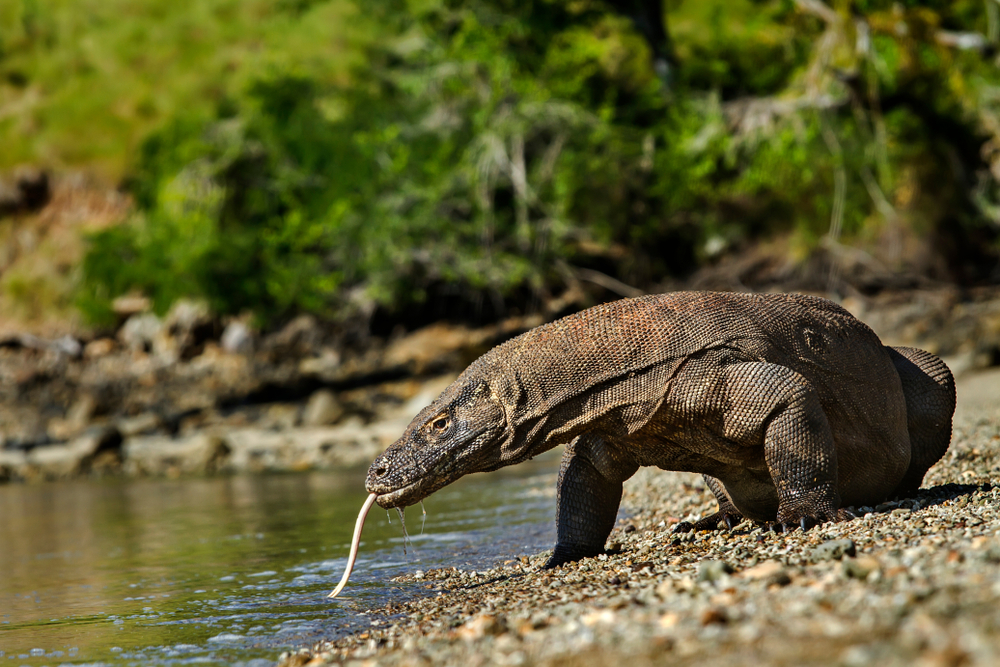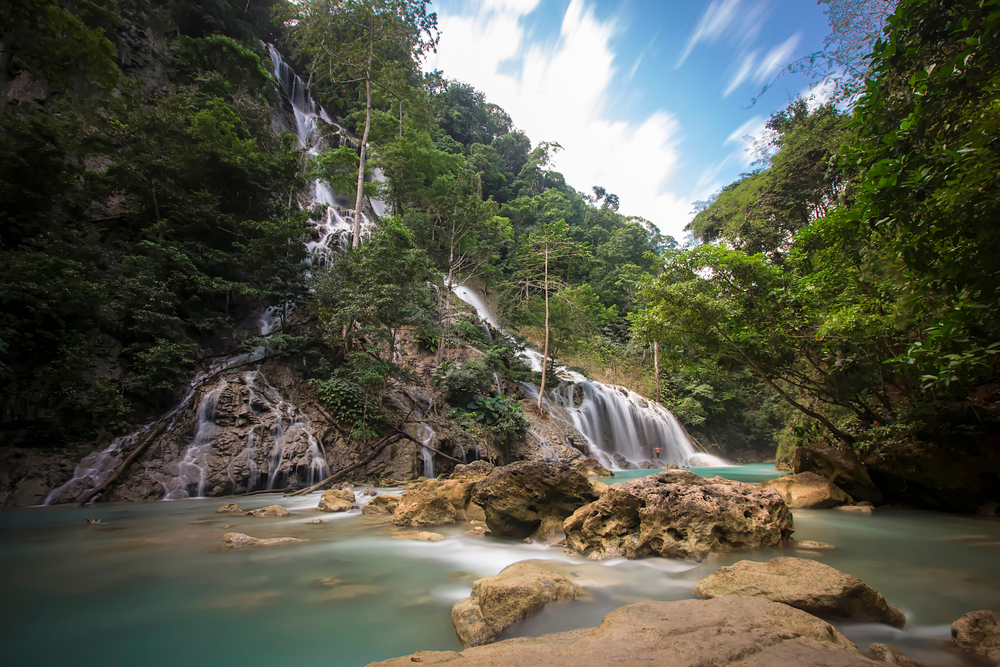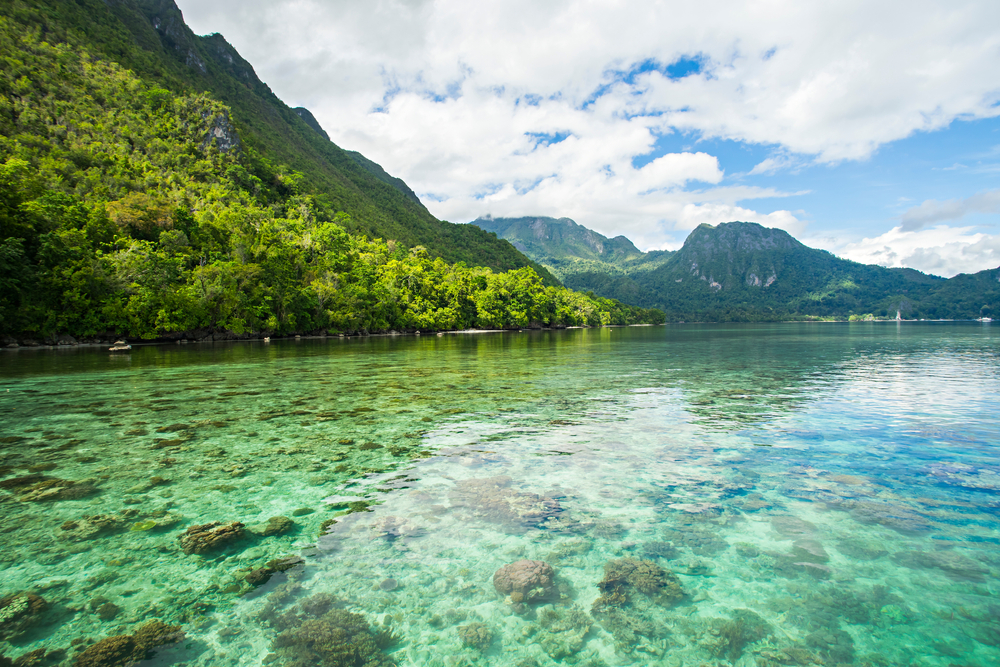Lake Sentarum Overview
Lake Sentarum National Park (Taman Nasional Danau Sentarum) is a biodiverse treasure located in the heart of Borneo, Indonesia. Spanning an area of approximately 512 square miles (1,329 square kilometers), this extraordinary park lies within the Kapuas Hulu Regency of West Kalimantan.
Renowned for its seasonal lake system, Lake Sentarum is a vital component of the Kapuas River Basin, one of the world’s longest rivers. The park is a dynamic and complex landscape, where the ebb and flow of water creates a rich mosaic of ecosystems.
The terrain of Lake Sentarum National Park is dominated by a network of interconnected lakes, rivers, and peat swamp forests. During the rainy season, the lakes overflow, submerging the surrounding areas and creating an expansive water world. In the dry season, the waters recede, revealing vast floodplains and grasslands.
The vegetation in the park is equally varied, with peat swamp forests, freshwater swamp forests, and lowland dipterocarp forests. Towering trees like the jelutong (Dyera costulata) and ironwood (Eusideroxylon zwageri) provide critical habitats for the park’s diverse wildlife.
The park is home to an astonishing array of wildlife. It is a haven for more than 300 bird species, including the rare Storm’s stork and the magnificent hornbills that are iconic to Borneo. Mammals such as the proboscis monkey, agile gibbon, and endangered Bornean orangutan can be found swinging through the forest canopy.
The waterways are teeming with life as well, hosting over 240 species of fish, including the rare and culturally significant arwana fish (Scleropages formosus). Reptiles such as false gharials and monitor lizards thrive in the wetlands, adding to the park’s rich biodiversity.
One of the most popular features of Lake Sentarum National Park is its tranquil, reflective waters, which mirror the vibrant greens of the surrounding forests and the endless blue sky. Visitors often marvel at the floating villages that dot the lakes, offering a glimpse into the traditional lifestyles of the indigenous Iban and Malay communities. These communities coexist harmoniously with nature, relying on fishing and sustainable practices that have been passed down for generations.
Visitors can engage with the park in numerous ways. Boating and kayaking are ideal for exploring the labyrinth of waterways, while guided treks through the forests offer an opportunity to observe wildlife up close. Birdwatching is another favorite activity, particularly during migratory seasons. Cultural interactions with the local communities provide a deeper understanding of the region’s heritage and traditions.
Conservation efforts at Lake Sentarum National Park face challenges such as illegal logging, land conversion, and the impacts of climate change. However, collaborative initiatives between the Indonesian government, conservation organizations, and local communities have achieved notable successes, including habitat restoration projects and wildlife protection programs. Ecotourism plays a growing role in sustaining these efforts, fostering a balance between preserving nature and supporting livelihoods.














































































